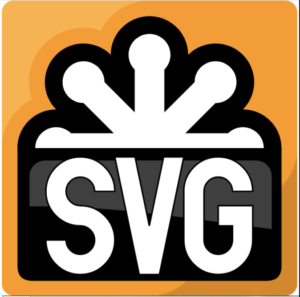Best Coding Tools for Teens
Do you have a teen that wants to learn a programming language or sharpen their coding skills? You’re in luck! The large amount of user-friendly coding apps for teens on the market means that coding for teenagers has never been more accessible.
Starting out isn’t always easy, though. Do you want apps that work on Android or iOS? What programming language does your child want to get a grounding in—Python, JavaScript, Scratch, or something else? Are they serious about following a STEM career in computer science, or do they just want to mod till they drop in Minecraft?
We’re here to help. This post reviews five kids coding apps—Vidcode, Alice, App Inventor, Codecademy and Swift Playgrounds—that offer tutorials in computer programming for beginners and more advanced coders. (For younger kids, take a look at apps like Kodable and Tynker.)
Can a Teenager Learn How to Code?
You bet! In fact, some kids start developing their coding skills from the age of six.
If your child is in middle school or high school, they may already have the problem-solving chops to pick up one of the apps recommended below and start learning a programming language from scratch. If they need more of a steer, do some research to find out the best coding languages to start with or the top languages for middle schoolers.
Remember that computer programming isn’t just about building apps, coding games, and moving animations around a screen. Learning a programming language helps teens in all sorts of ways, from boosting their real-world self-esteem to helping them conquer subjects like logic and math.
What Are the Best Coding Apps for Teens?
Coding apps for teens vary in scope and difficulty. Some have drag-and-drop interfaces for absolute beginners, while others dive straight into the fundamentals of programming languages like Python and JavaScript.
All of our recommended coding apps for teens are either free to use or come with a free trial — so don’t hesitate to road-test a couple until you find the right one.
Vidcode
Vidcode is a teen-friendly app that’s perfect for middle and high schoolers who want to learn programming languages like JavaScript at their own pace. With their uncluttered interfaces and drag-and-drop mechanics, the fun tutorials will have your child coding games and animations in no time.
Bonus: Vidcode’s particular emphasis on visual projects like meme-makers and Snapchat filters should make this app an easy sell to the Gen Z-ers in your life.
Alice
Who better to guide your teen through the wonderland of computer programming than Alice? This advanced but user-friendly app helps kids create rich 3D worlds, which can be the settings for animated movies and simple video games. If your teen is interested in coding games or creating immersive animations, this free app is a great place to start.
App Inventor
Developed by MIT, App Inventor does exactly what the name suggests. It’s a cloud-based tool, so users can build Android or iOS apps in their web browser and hop from device to device while they’re doing it.
Like several of the best coding apps for teens, App Inventor uses drag-and-drop coding blocks, breaking down complex code into easy-to-digest visual components. Beginners can have a simple app up and running on their iPad in around 30 minutes!
Codecademy
Not all coding apps for teens are aimed at total beginners. Codeacademy is perfect for high school students who already have a grounding in computer science but want to take their coding skills to the next level. Going at their own pace, your teen can use Codecademy to learn to code in Python, master a programming language like JavaScript, Java, or HTML, or even acquire a career-boosting skill like data analysis.
Swift Playgrounds
Optimized for Apple products, Swift Playgrounds is a great coding app for teens who want to progress in computer science but aren’t too confident in their coding skills.
Why is Swift Playgrounds such a good choice for beginners? First, it’s designed to work on an iPad, so it’s perfect for teens who need a portable learning experience. Second, it’s a beautiful-looking app that aims to gamify the experience of learning a programming language. Each level takes the form of a puzzle game, which players must solve by writing the correct code.
Find Teen Coding Classes Near You
Our hundreds of Code Coachers all around the country have at least one thing in common: they love to teach kids how to code and turn learners into programmers. We run in-person and online coding classes for all age groups where your teen can learn basic coding or more sophisticated programming skills. To kick-start your child’s coding career, search for camps and classes near you.


